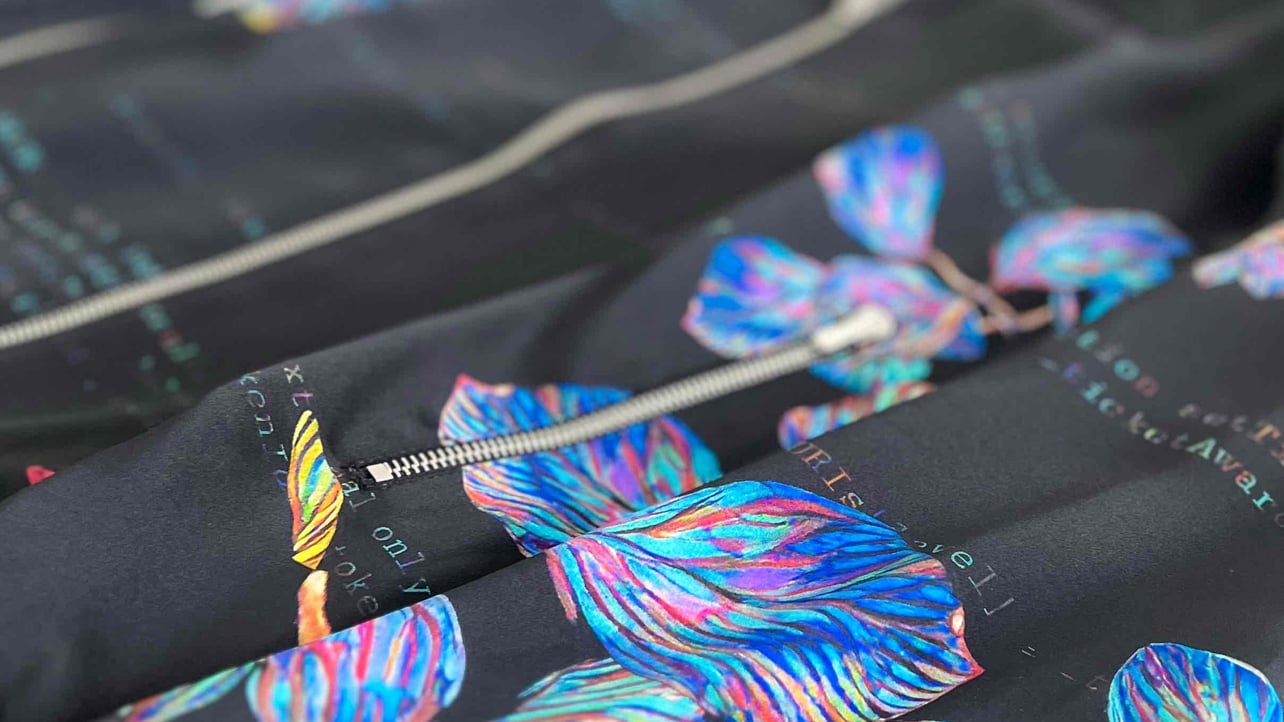
عمر.eth
@omarperacha.eth
0 reply
0 recast
0 reaction
1 reply
0 recast
0 reaction
1 reply
0 recast
0 reaction
0 reply
0 recast
0 reaction
0 reply
0 recast
1 reaction
0 reply
0 recast
0 reaction
1 reply
1 recast
1 reaction
1 reply
0 recast
1 reaction
0 reply
0 recast
1 reaction
0 reply
0 recast
0 reaction
1 reply
0 recast
2 reactions
1 reply
0 recast
1 reaction
0 reply
0 recast
0 reaction
0 reply
0 recast
1 reaction
"Mathematicians have long studied how shapes can fit together to cover surfaces without gaps. However, their typical approach – using shapes with sharp corners and flat faces – is rarely seen in the natural world.
Instead, living organisms use a dazzling array of patterns to form and grow, for instance in muscle tissues. Most strikingly these patterns are characterised by shapes with curved edges, non-flat faces, and few, if any, sharp corners.
Up to now, how nature achieves geometrical complexity using these ’soft shapes’ has eluded mathematical explanation.
The answer... is a new class of mathematical shapes called soft cells. These shapes have a minimal number of sharp corners, and cover space without gaps."
https://www.ox.ac.uk/news/2024-09-12-mathematicians-discover-new-universal-class-shapes-explain-complex-biological-forms#:~:text=A%20team%20of%20mathematicians%20from,sea%20shells%20to%20muscle%20cells. 0 reply
0 recast
2 reactions
0 reply
0 recast
0 reaction
0 reply
0 recast
0 reaction
0 reply
0 recast
0 reaction
1 reply
0 recast
0 reaction
1 reply
0 recast
0 reaction